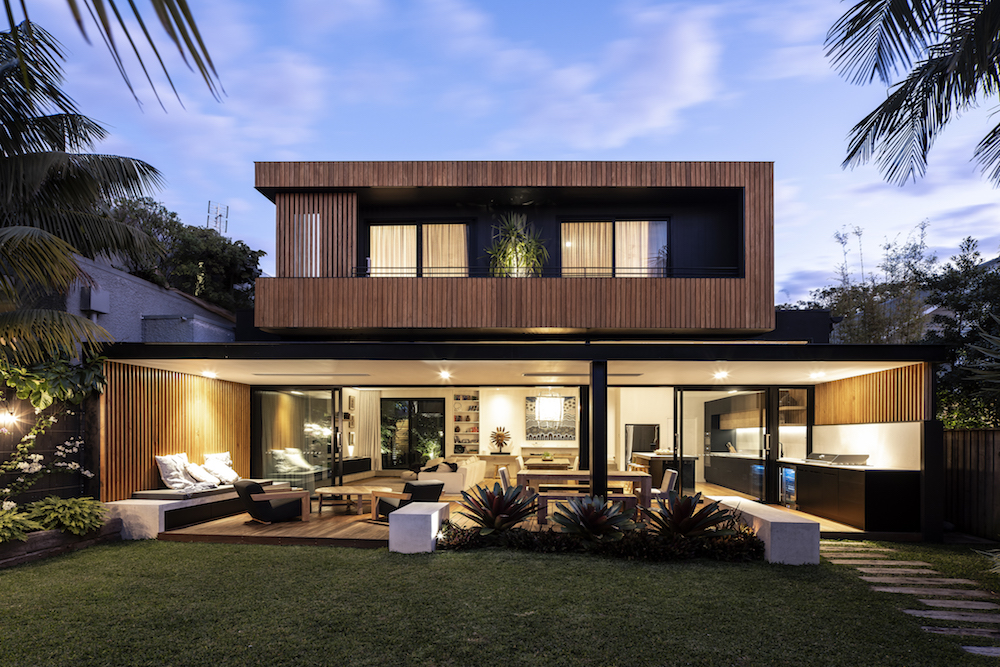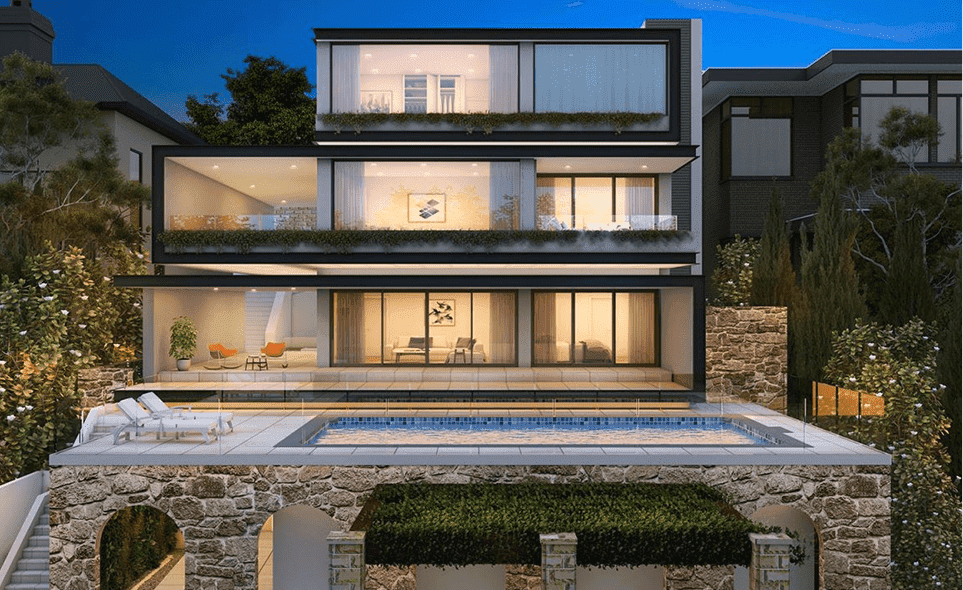Residential Architecture Homes Designed for Comfort, Aesthetics, and Functionality
Residential Architecture Homes Designed for Comfort, Aesthetics, and Functionality
Blog Article
Exactly How Residential Architects Create Custom-made Houses for Every Way Of Living
The process by which domestic engineers layout customized homes is a nuanced interplay of comprehending client requirements and converting those insights into functional living areas. With thorough consultations and the use of design tools, designers catch the essence of their clients' way of lives, making sure that each home mirrors individual worths and desires.
Recognizing Client Needs

Efficient interaction is vital in this procedure. Designers should motivate customers to verbalize their way of livings, household characteristics, and future goals, making certain that the design mirrors their unique identification. By using tools such as surveys, meetings, and visual studies, engineers can gather useful understandings into the customer's vision.
Furthermore, comprehending the context in which a home will certainly exist is important. Designers have to consider aspects such as the website qualities, regional environment, and social influences that can impact the style. This all natural approach enables the development of rooms that are not just aesthetically pleasing but sustainable and also useful.
Eventually, a deep understanding of customer requires makes it possible for engineers to create customized homes that enhance the lifestyle for their passengers, cultivating a feeling of belonging and convenience within their living settings.
Layout Refine and Collaboration
The design process in residential architecture is a dynamic interplay of creativity and collaboration, where designers, customers, and numerous stakeholders work very closely to bring a vision to life. This repetitive journey commonly starts with a series of meetings to develop a detailed understanding of the client's goals, choices, and way of life needs. Throughout these conversations, engineers gather essential information, allowing them to conceive styles that line up with the client's vision.
Following the initial consultations, the layout stage advances via illustrations, 3D designs, and architectural renderings. This aesthetic communication serves as a device for engineers to present ideas, while additionally welcoming client responses, making certain that the last design reverberates with their assumptions. Effective cooperation with designers, specialists, and interior developers is essential during this stage, as it makes certain that all practical aspects of the task are perfectly integrated.

Incorporating Lifestyle Aspects
Incorporating way of living components right into household layout is crucial for developing areas that genuinely resonate with the residents. residential architecture homes. This process begins with recognizing the one-of-a-kind demands, preferences, and daily routines of the home owners. Engineers take part in extensive discussions to reveal just how the private or family utilizes their room, whether for amusing guests, seeking pastimes, or seeking silent resort
Once these understandings are gathered, designers can tailor style features that boost everyday experiences. Open floor strategies may be designed for family members that prioritize togetherness, while committed work areas can be incorporated for those who function from home. Outdoor locations, such as gardens or patio areas, can be emphasized for family members that delight in exterior activities or enjoyable.
Furthermore, adaptability is a key factor to consider; multi-functional spaces permit adaptability as way of lives advance in time. Personalized storage options can additionally be integrated to fulfill specific organization demands, ensuring that the home stays clutter-free and functional. Eventually, by attentively weaving lifestyle components right into the architectural textile, domestic engineers develop customized homes that not just fulfill aesthetic desires however additionally considerably improve the lifestyle for their customers.
Sustainable and Smart Design
Smart and sustainable style significantly plays a crucial role in domestic design, as house owners look for to decrease their ecological impact while enhancing their living experiences. Architects are now integrating environment-friendly products, energy-efficient systems, and ingenious modern technologies to develop homes that not just satisfy aesthetic wishes but likewise offer the planet.
Including renewable power sources, such as solar panels and great post to read wind turbines, allows property owners to harness natural resources, considerably minimizing reliance on conventional power grids. Smart home innovations even more enhance sustainability by optimizing power use with automated systems that control cooling, lights, and home heating based upon occupancy and choices.
In addition, using sustainable structure products-- like reclaimed timber, bamboo, and reused steel-- promotes a circular economy, reducing waste and source usage. Architects additionally highlight easy style principles, making certain homes are oriented for optimum natural light and air flow, thereby decreasing the requirement for artificial cooling and heating.
In enhancement to environmental advantages, wise and sustainable style adds to the general convenience and health and wellness of residents. By focusing on interior air high quality and all-natural aspects, engineers create rooms that foster wellness, allowing house owners to thrive attuned to their setting.
Settling and Applying Plans
Settling you could try this out and implementing plans is a crucial phase in the household architecture process, where the vision of a personalized home starts to materialize. This stage includes thorough attention to detail, making sure that every aspect of the design is exactly expressed and ready for construction. residential architecture homes. Designers team up very closely with clients to evaluate final strategies, resolving any kind of last-minute adjustments or issues, while making sure that all components straighten with the homeowner's lifestyle needs
When strategies are completed, designers prepare detailed building and construction records, consisting of thorough illustrations and requirements that act as a plan for building contractors. These documents outline products, coatings, and installment approaches, giving quality for subcontractors and service providers. In addition, safeguarding needed licenses and adhering to local building codes is essential, as it ensures conformity and smooth task implementation.
By cultivating a collective environment, designers can guarantee that the execution aligns with the initial vision. find here Eventually, this crucial stage transforms ideas into truth, laying the structure for a home that shows the unique way of life and choices of its occupants.
Conclusion
In verdict, residential designers play an essential duty in crafting customized homes that cater to diverse way of lives. With precise understanding of client requirements, collective style procedures, and the assimilation of lifestyle elements, engineers make sure that each home reflects private preferences.
The procedure by which residential designers design personalized homes is a nuanced interaction of comprehending customer needs and converting those understandings into functional living spaces. Via comprehensive consultations and the use of layout devices, designers record the significance of their clients' way of lives, guaranteeing that each home reflects personal worths and ambitions. Designers ought to encourage customers to express their way of lives, family dynamics, and future desires, making certain that the style reflects their unique identification.The style process in residential style is a vibrant interplay of creative thinking and cooperation, where designers, clients, and numerous stakeholders function closely to bring a vision to life - residential architecture homes. Via careful understanding of client demands, collective design procedures, and the combination of way of living aspects, designers guarantee that each home mirrors private preferences
Report this page